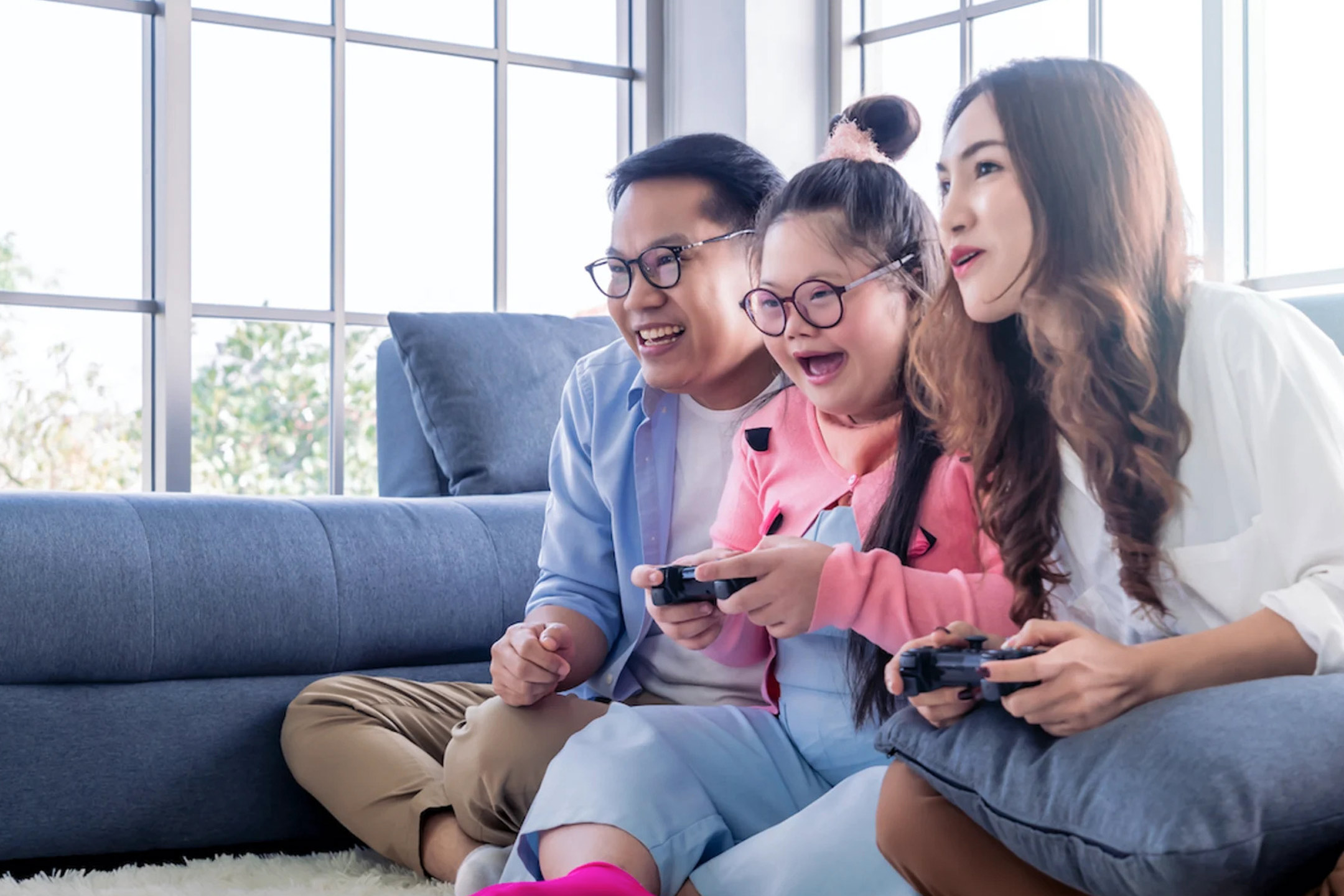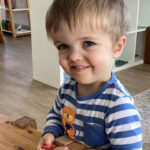
10 Feb Enhancing Eye Testing Standards for Children with Disabilities
A call for consistency is needed after a study by the La Trobe Eye Clinic’s Dr Kylie Gran
Ensuring children with disabilities receive the necessary eye assessments is crucial for providing them with appropriate care and support. A recent study conducted by La Trobe University underscores the importance of establishing minimum standards in eye testing for children with learning difficulties.
When children are referred for evaluation of learning difficulties, they often undergo a vision assessment. However, the study revealed significant variations in the types of tests conducted on these children. Analysis of responses from 130 eye care professionals in Australia highlighted disparities in testing methods and outcomes.
Some professionals focused on assessing accommodation, which pertains to the ability to focus, while others emphasized eye coordination or convergence, which involves the eyes working together. Moreover, discrepancies were observed in whether eye drops were utilized to determine refractive error and the need for glasses.
Notably, the study also found differences in the cost incurred by families for these assessments, with evaluations for children with learning difficulties typically being more expensive than standard eye tests.
Despite existing guidelines advocating for comprehensive testing of visual acuity, focusing, and refractive error, many participants in the study did not routinely assess these components.
According to Ms. Kylie Gran, the study’s lead researcher, identifying visual dysfunction in children with learning difficulties is essential for targeted intervention. However, the variation in testing practices among eye health professionals underscores the need for consistent and thorough assessment protocols.
The study aims to stimulate discussions among stakeholders in the eye care sector to establish minimum standards for evaluating children with learning difficulties. This collaborative effort seeks to ensure a uniform and relevant approach to assessing the vision and binocular function of this patient cohort.
Moving forward, further research is warranted to define and implement these minimum standards, ultimately ensuring consistent and effective eye assessments for children with disabilities.




